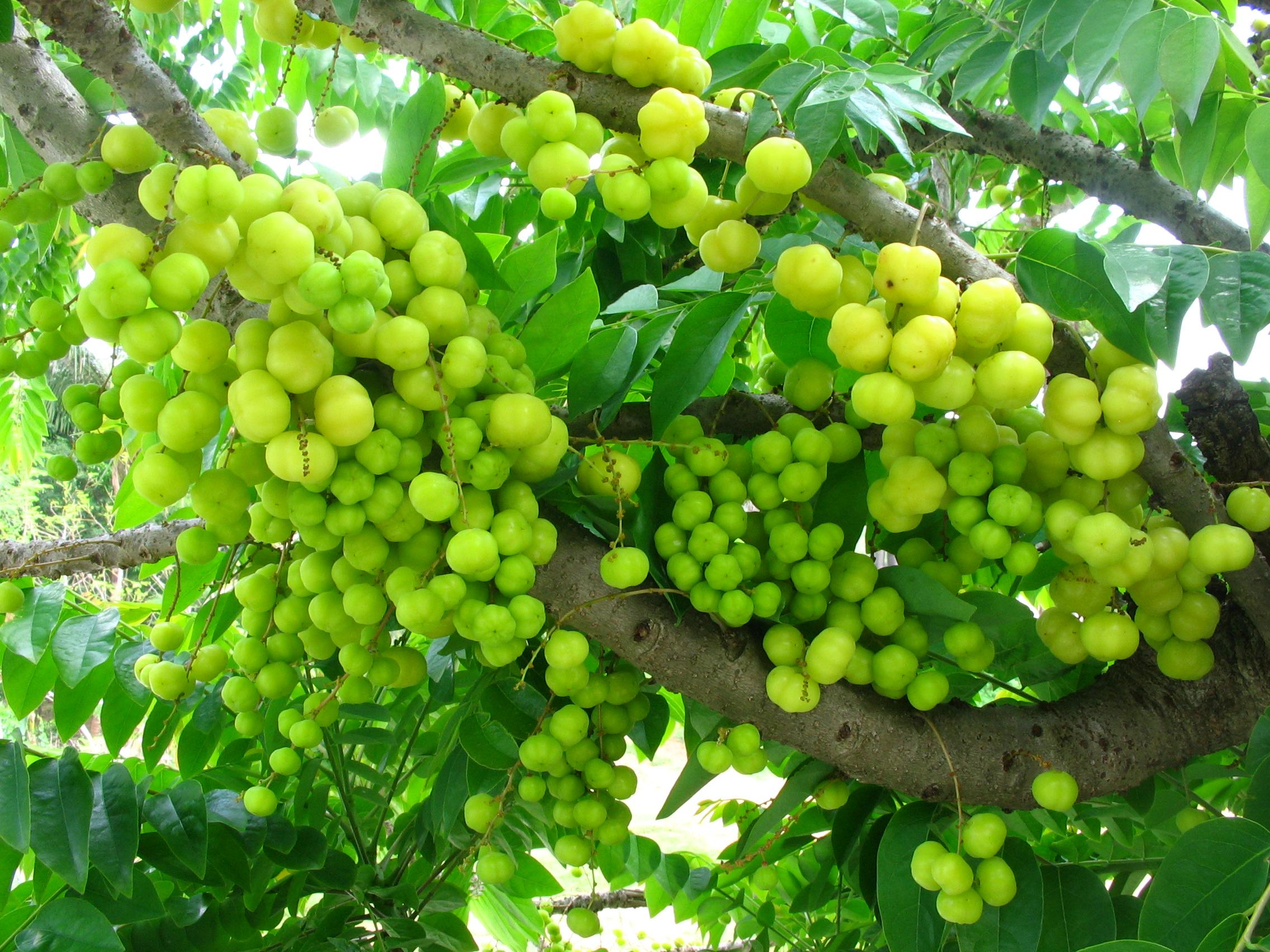Phyllanthus grandifolius on:
[Wikipedia]
[Google]
[Amazon]




 ''Phyllanthus'' is the largest
''Phyllanthus'' is the largest



 ''Phyllanthus'' is the largest
''Phyllanthus'' is the largest genus
Genus (; : genera ) is a taxonomic rank above species and below family (taxonomy), family as used in the biological classification of extant taxon, living and fossil organisms as well as Virus classification#ICTV classification, viruses. In bino ...
in the plant family Phyllanthaceae
Phyllanthaceae is a Family (biology), family of flowering plants in the eudicot Order (biology), order Malpighiales. It is most closely related to the family Picrodendraceae.Kenneth J. Wurdack and Charles C. Davis. 2009. "Malpighiales phylogeneti ...
. Estimates of the number of species
A species () is often defined as the largest group of organisms in which any two individuals of the appropriate sexes or mating types can produce fertile offspring, typically by sexual reproduction. It is the basic unit of Taxonomy (biology), ...
in this genus vary widely, from 750David J. Mabberley. 2008. ''Mabberley's Plant-Book.'' third edition (2008). Cambridge University Press. to 1200. ''Phyllanthus'' has a remarkable diversity of growth forms
Plant life-form schemes constitute a way of classifying plants alternatively to the ordinary species-genus-family scientific classification. In colloquial speech, plants may be classified as trees, shrubs, herbs (forbs and graminoids), etc. The sci ...
including annual and perennial
In horticulture, the term perennial ('' per-'' + '' -ennial'', "through the year") is used to differentiate a plant from shorter-lived annuals and biennials. It has thus been defined as a plant that lives more than 2 years. The term is also ...
herbs
Herbs are a widely distributed and widespread group of plants, excluding vegetables, with savory or aromatic properties that are used for flavoring and garnish (food), garnishing food, for medicinal purposes, or for fragrances. Culinary use typi ...
, shrub
A shrub or bush is a small to medium-sized perennial woody plant. Unlike herbaceous plants, shrubs have persistent woody stems above the ground. Shrubs can be either deciduous or evergreen. They are distinguished from trees by their multiple ...
s, climbers, floating aquatics, and pachycaulous succulents
In botany, succulent plants, also known as succulents, are plants with parts that are thickened, fleshy, and engorged, usually to retain water in arid climates or soil conditions. The word ''succulent'' comes from the Latin word ''sucus'', meanin ...
. Some have flattened leaflike stems called cladodes. It has a wide variety of floral morphologies and chromosome number
Ploidy () is the number of complete sets of chromosomes in a cell, and hence the number of possible alleles for autosomal and pseudoautosomal genes. Here ''sets of chromosomes'' refers to the number of maternal and paternal chromosome copies, ...
s and has one of the widest range of pollen
Pollen is a powdery substance produced by most types of flowers of seed plants for the purpose of sexual reproduction. It consists of pollen grains (highly reduced Gametophyte#Heterospory, microgametophytes), which produce male gametes (sperm ...
types of any seed plant
A seed plant or spermatophyte (; New Latin ''spermat-'' and Greek ' (phytón), plant), also known as a phanerogam (taxon Phanerogamae) or a phaenogam (taxon Phaenogamae), is any plant that produces seeds. It is a category of embryophyte (i.e. la ...
genus.
Despite their variety, almost all ''Phyllanthus'' species express a specific type of growth called "phyllanthoid branching" in which the vertical stems bear deciduous
In the fields of horticulture and botany, the term deciduous () means "falling off at maturity" and "tending to fall off", in reference to trees and shrubs that seasonally shed Leaf, leaves, usually in the autumn; to the shedding of petals, aft ...
, floriferous
{{Short pages monitor